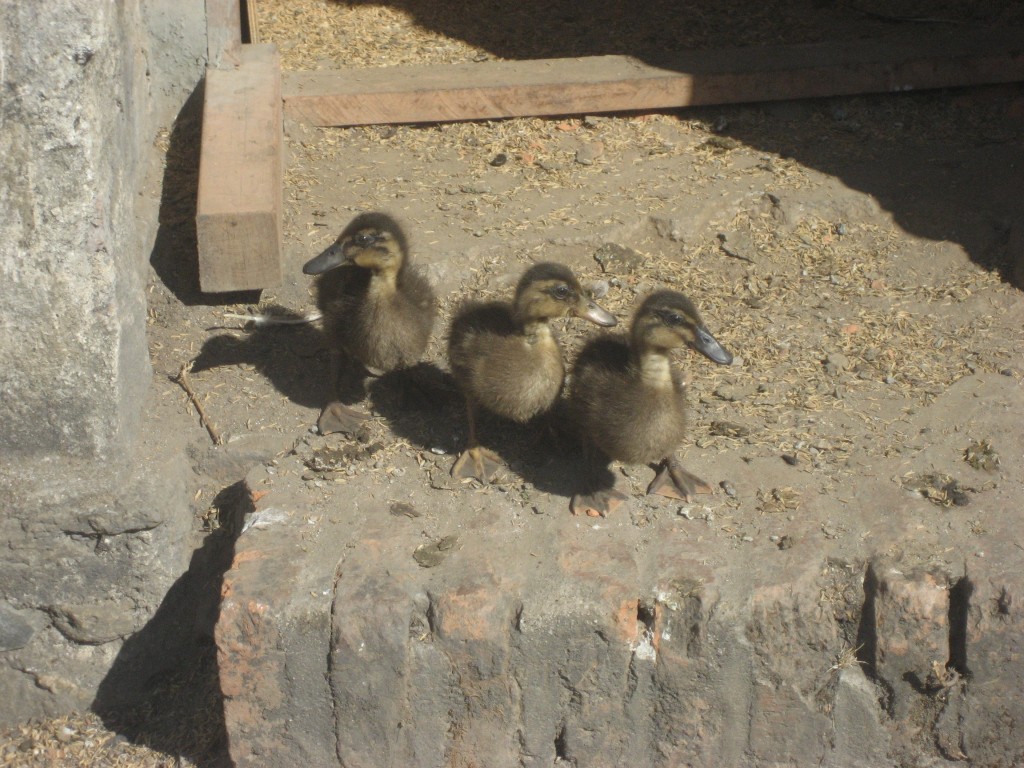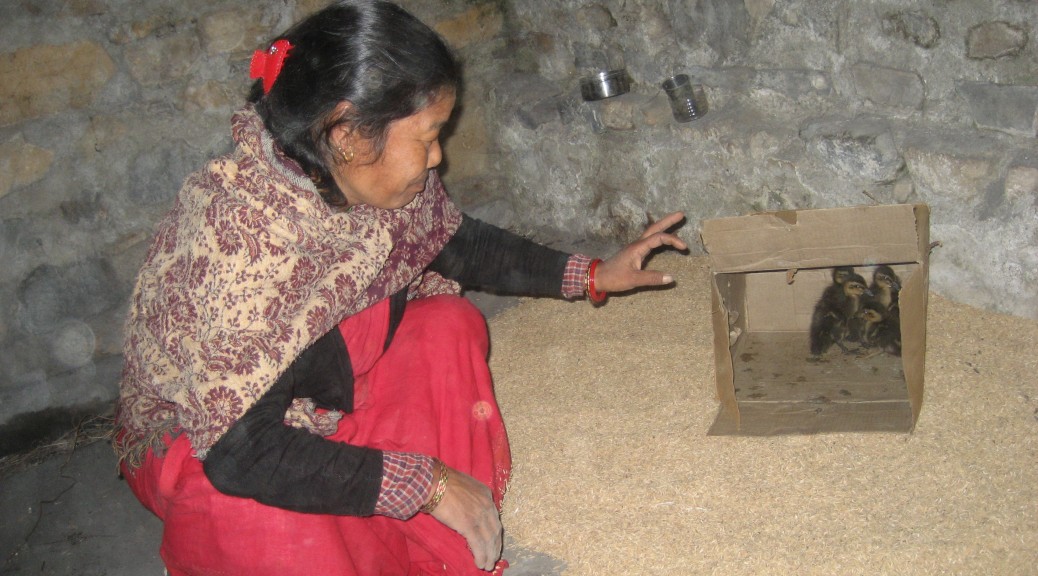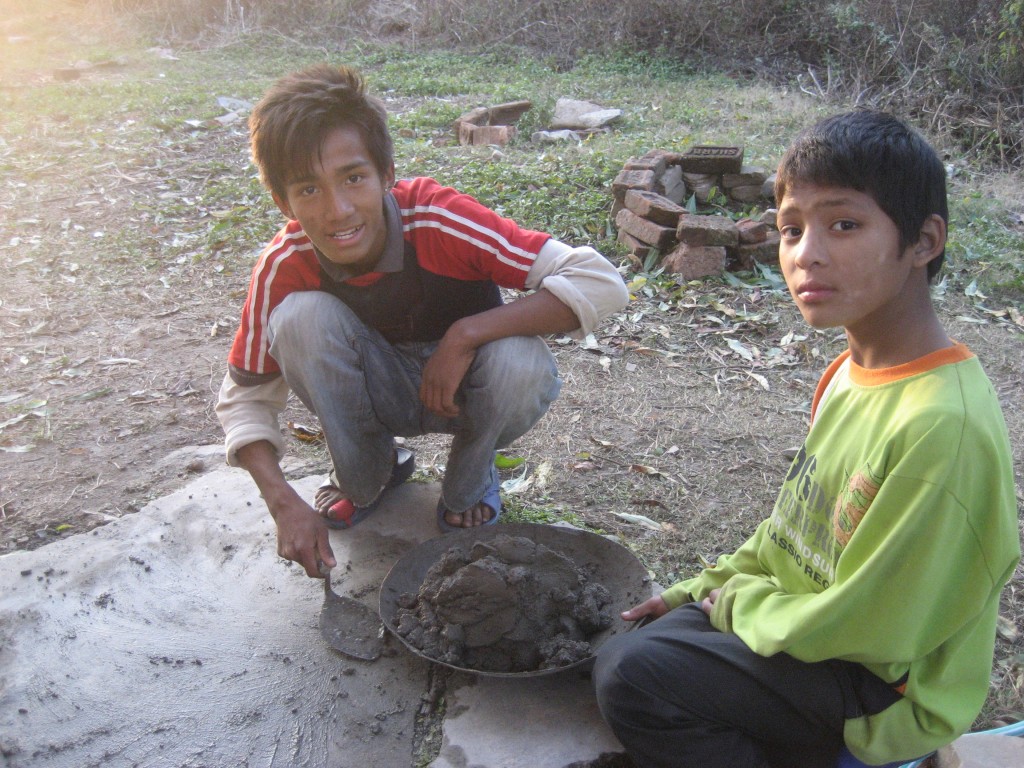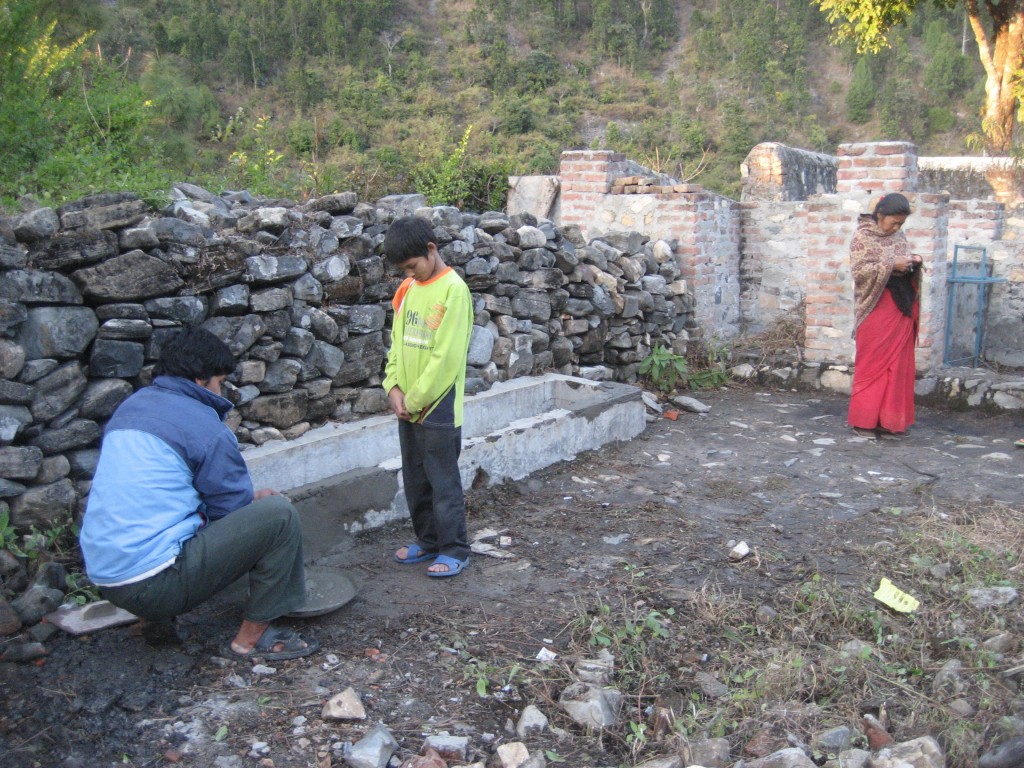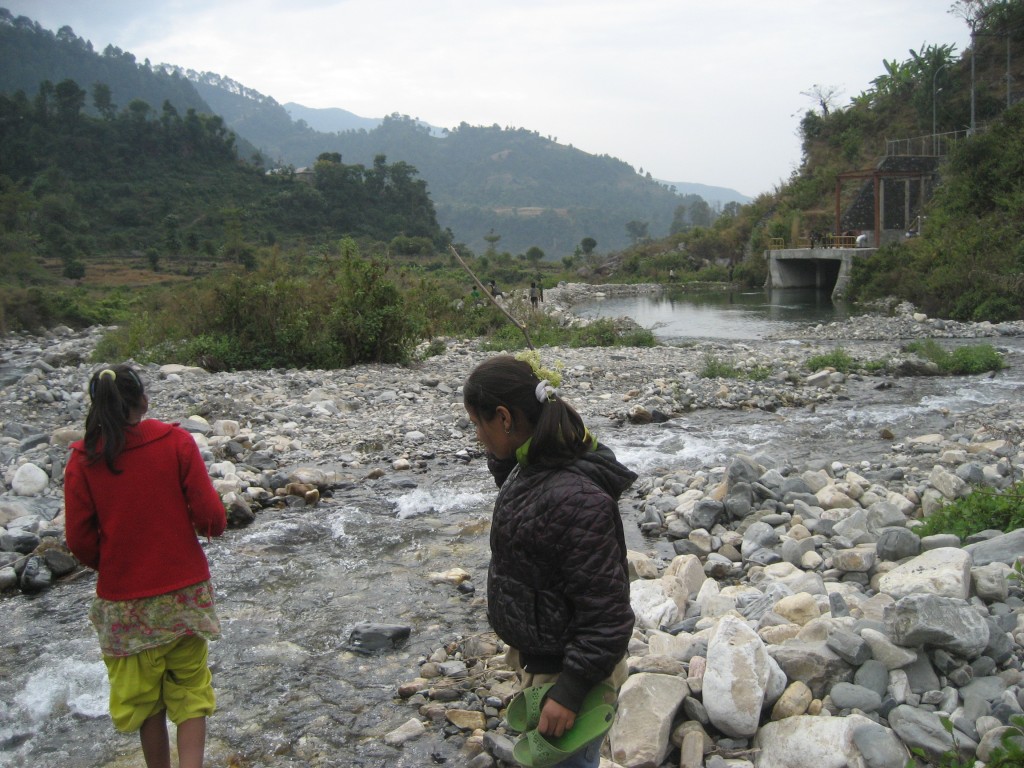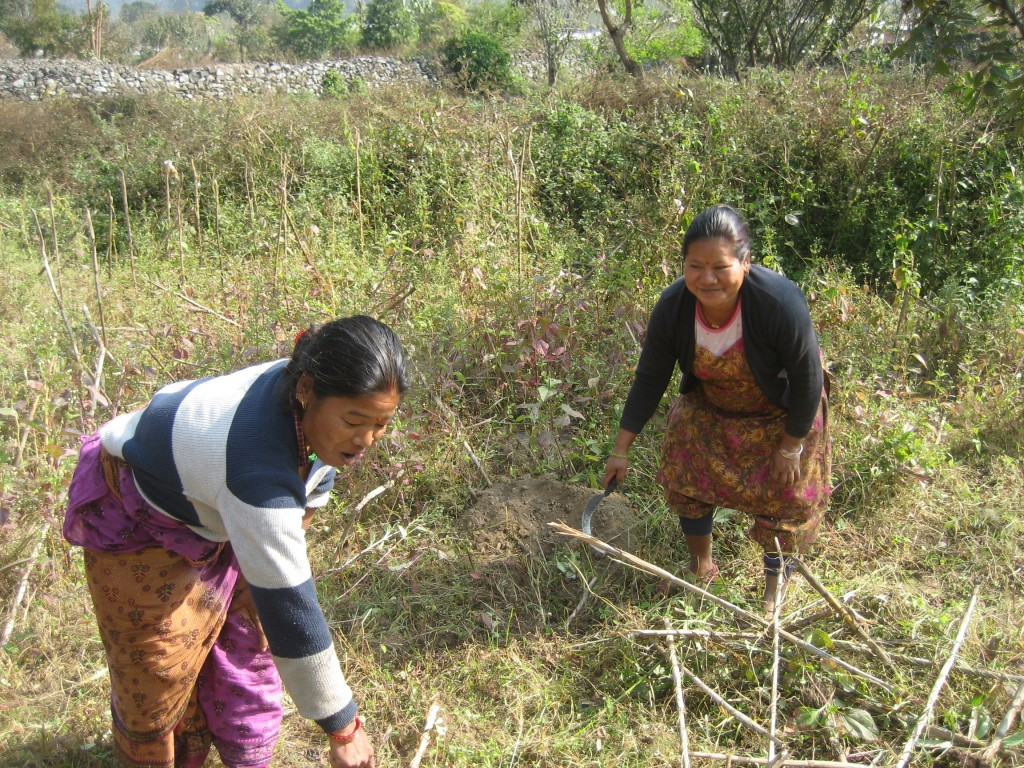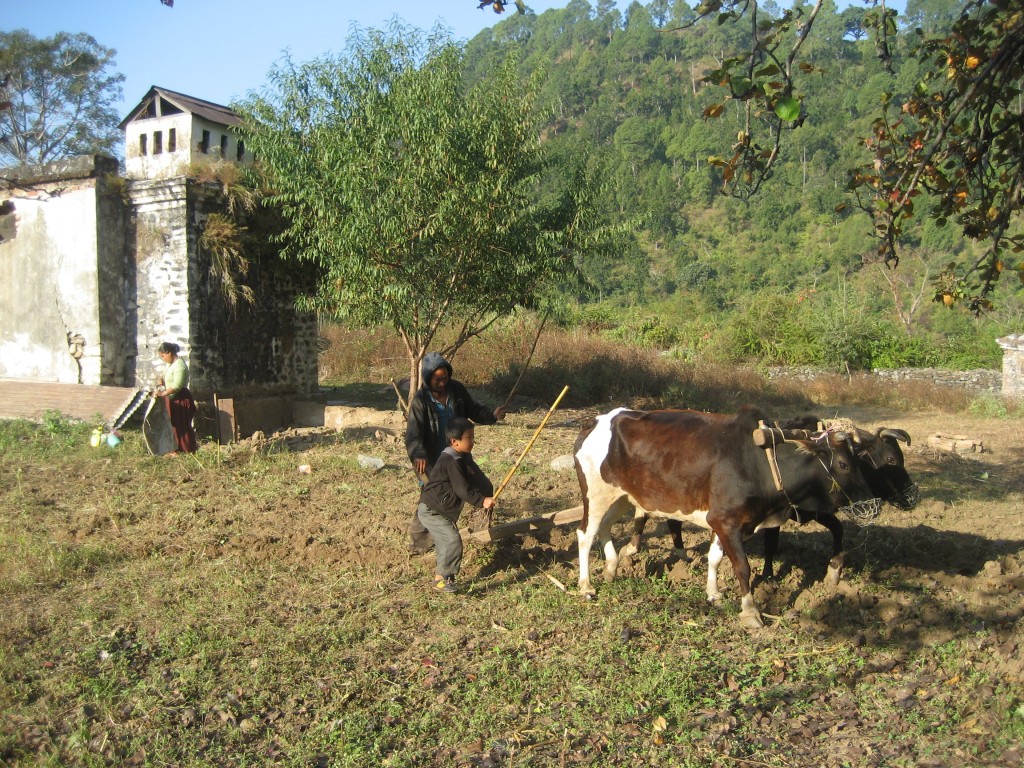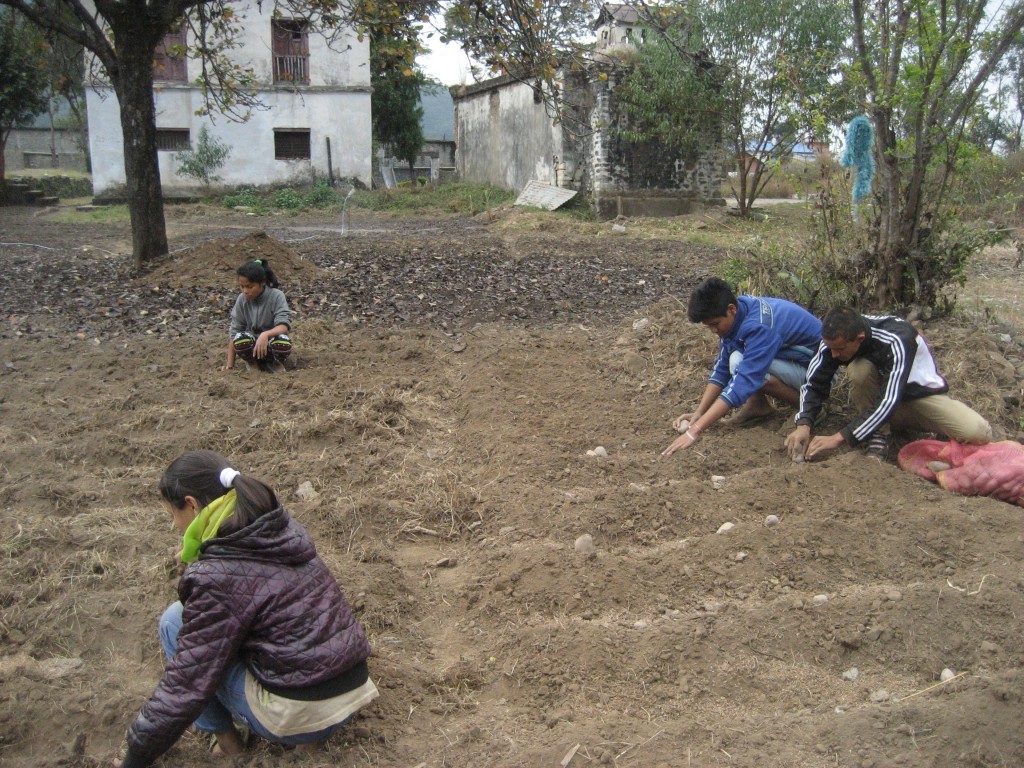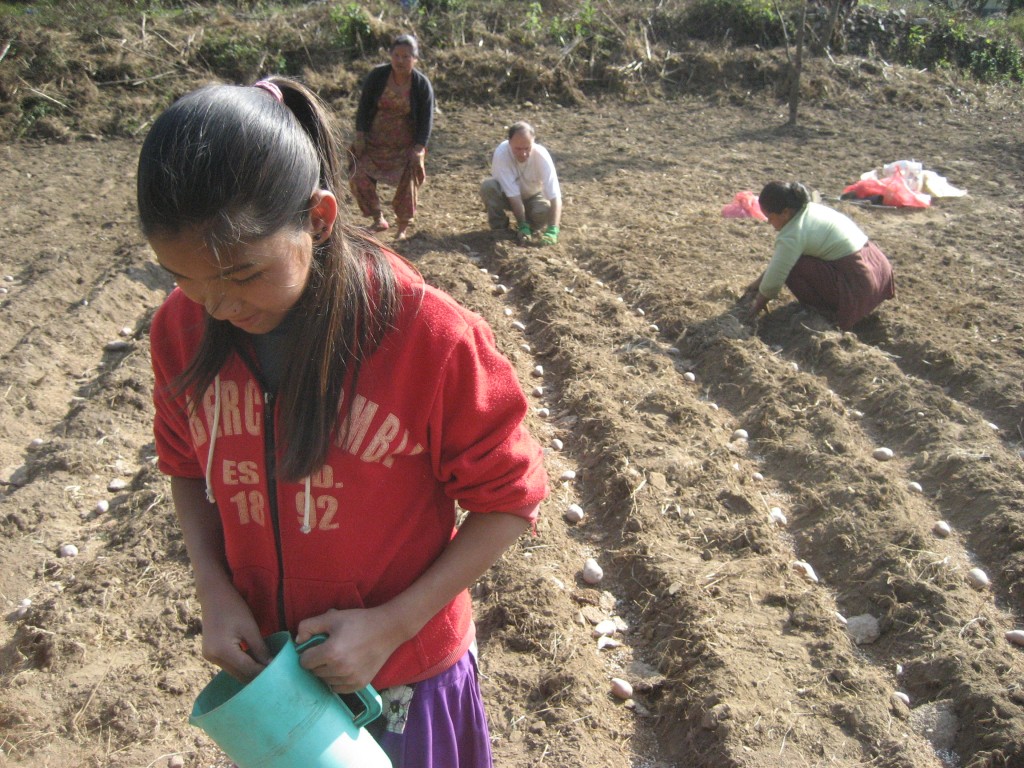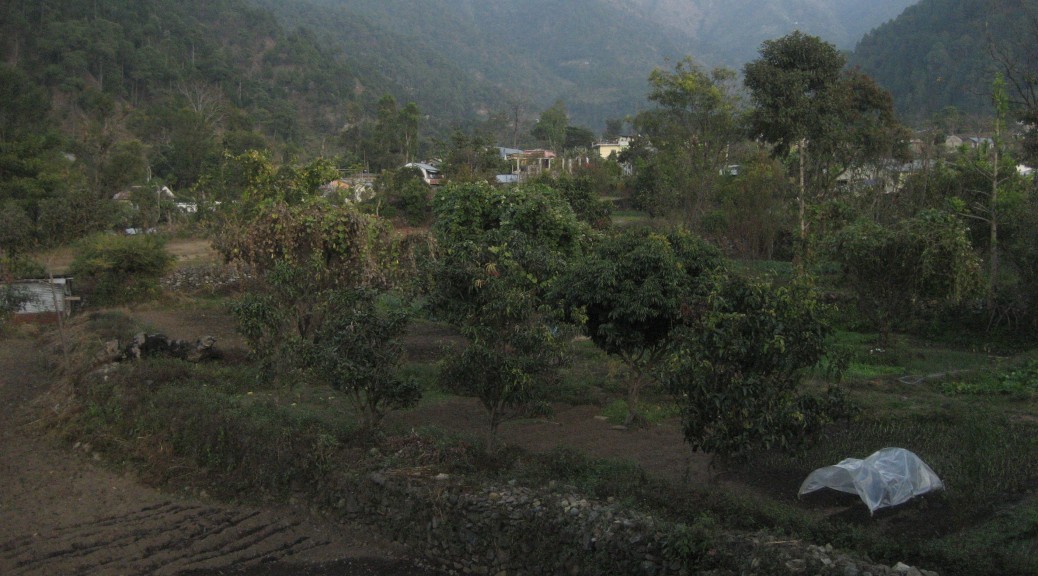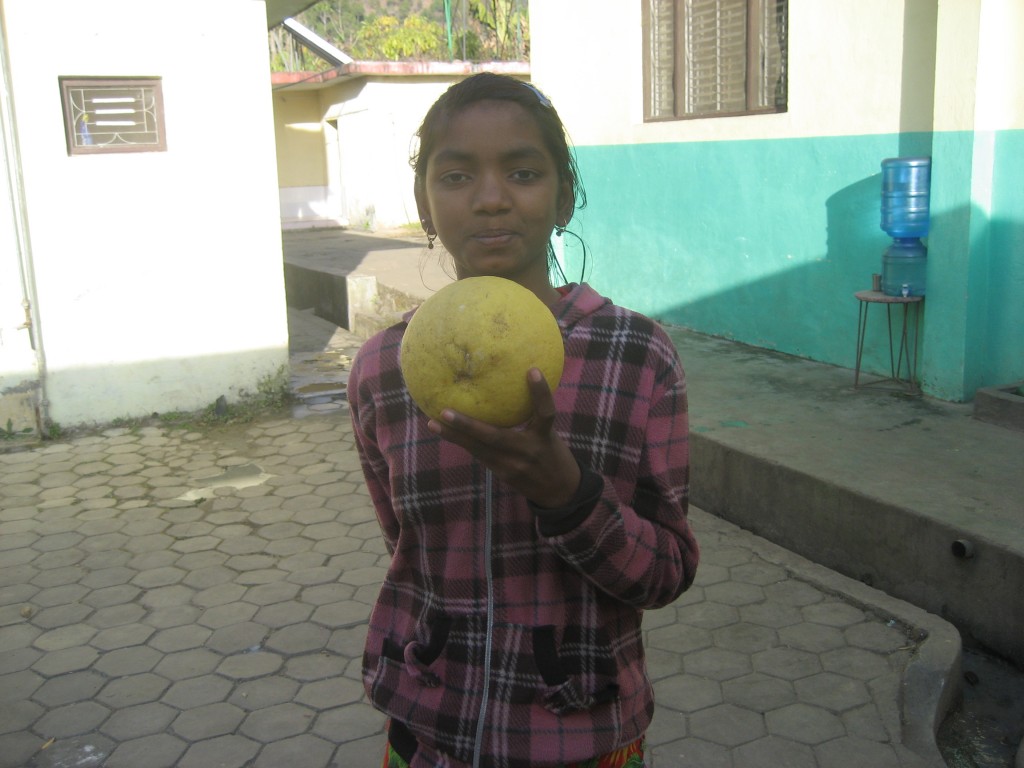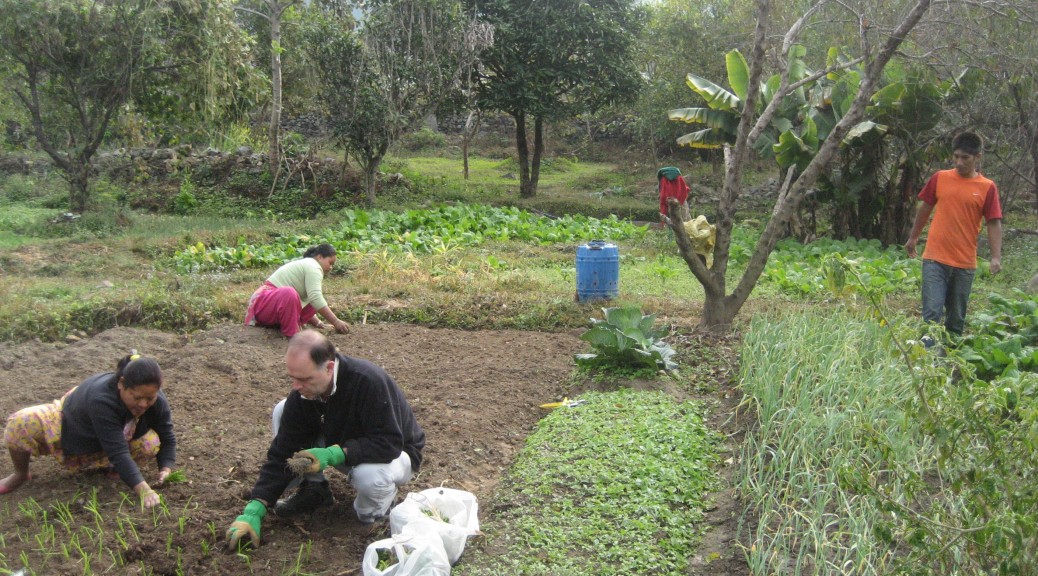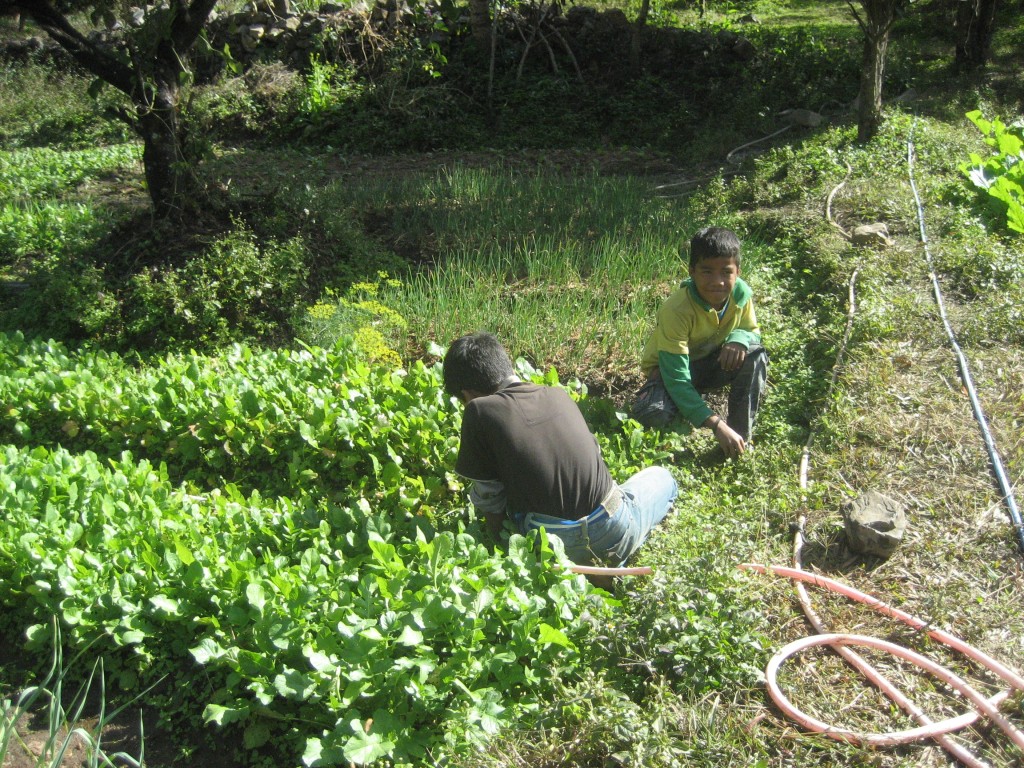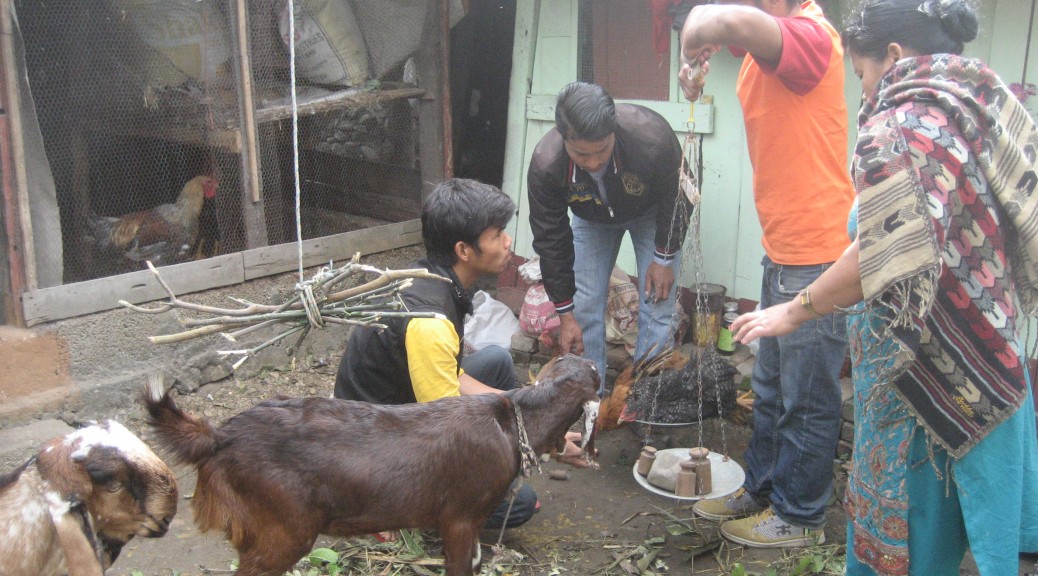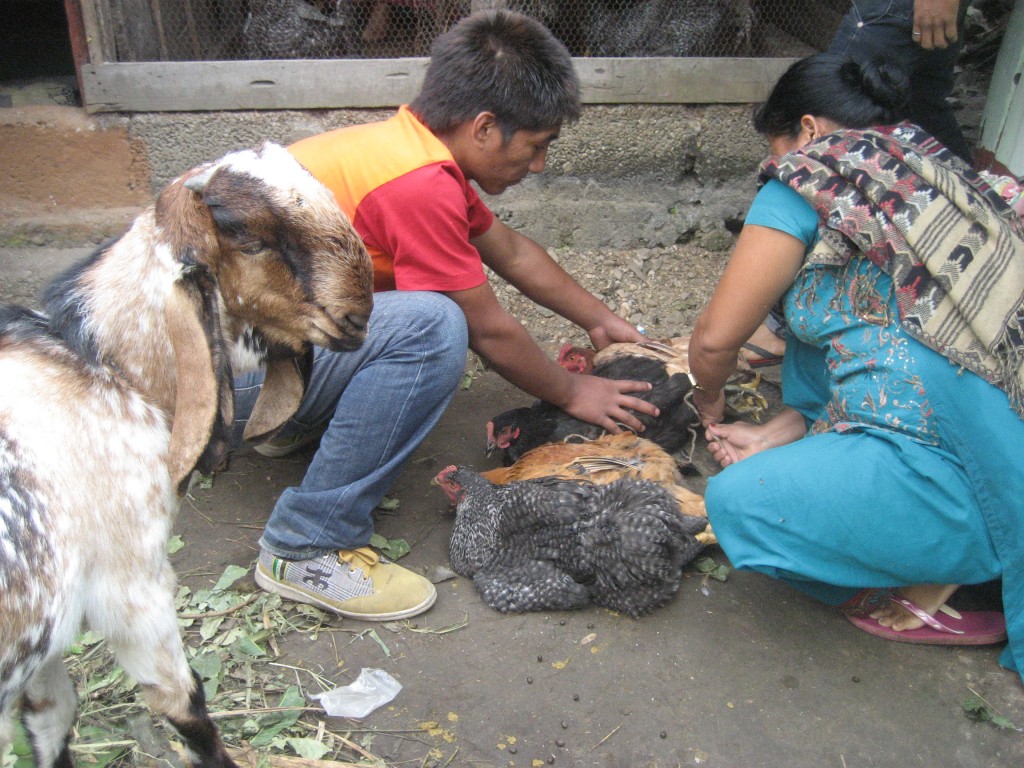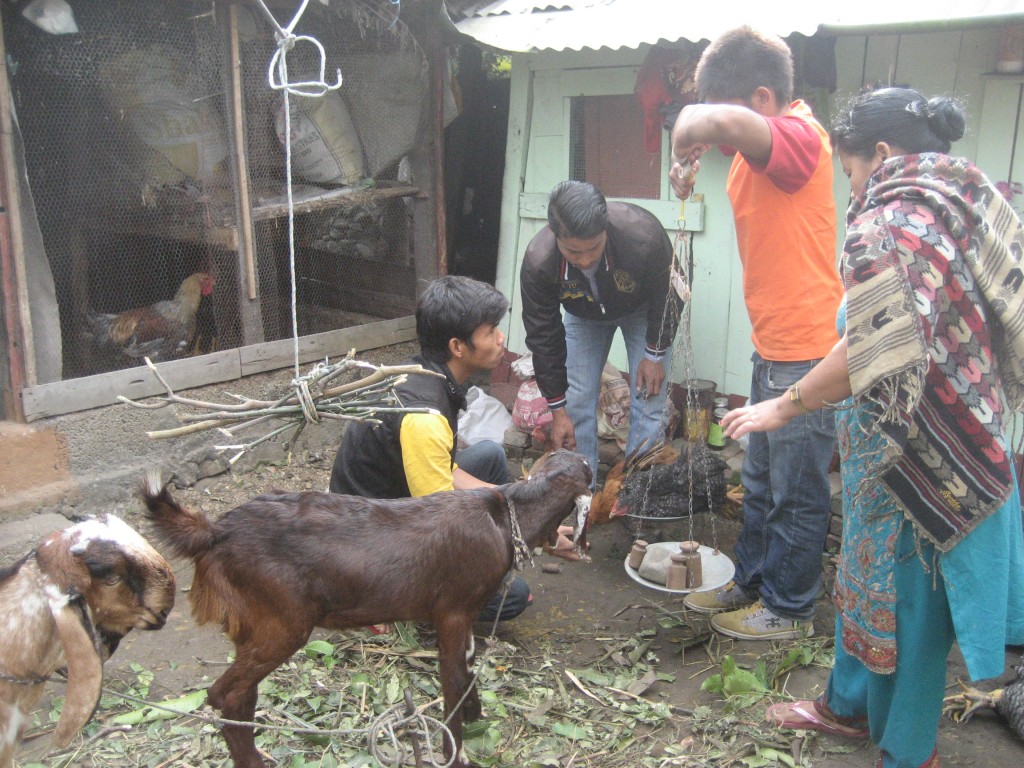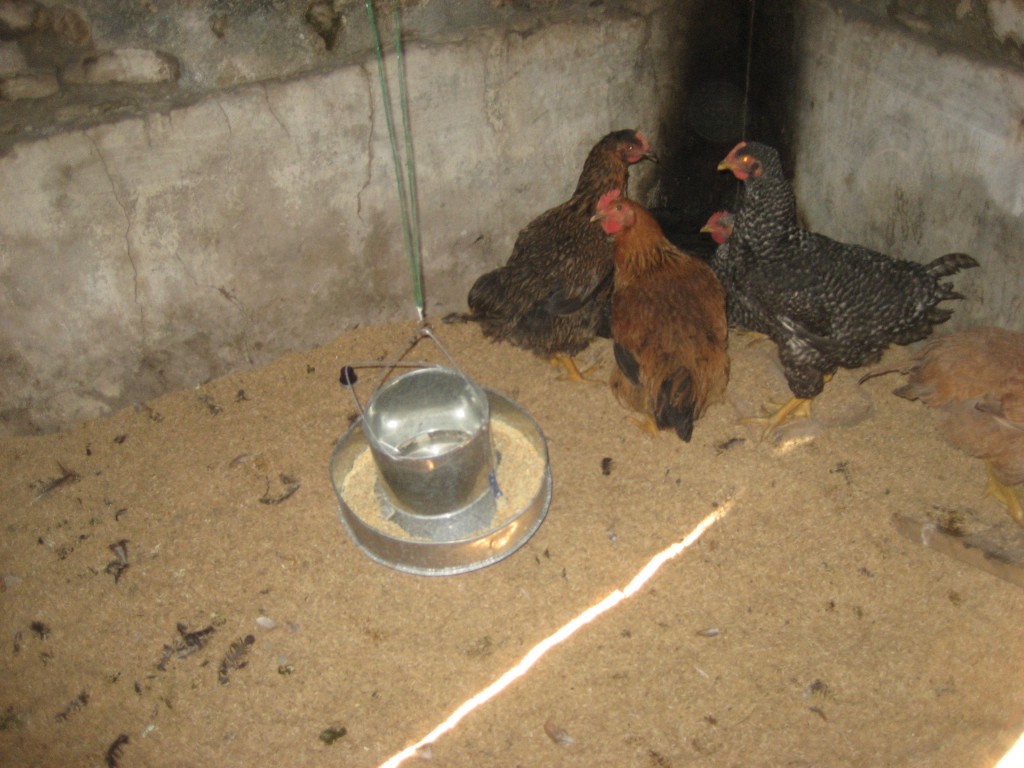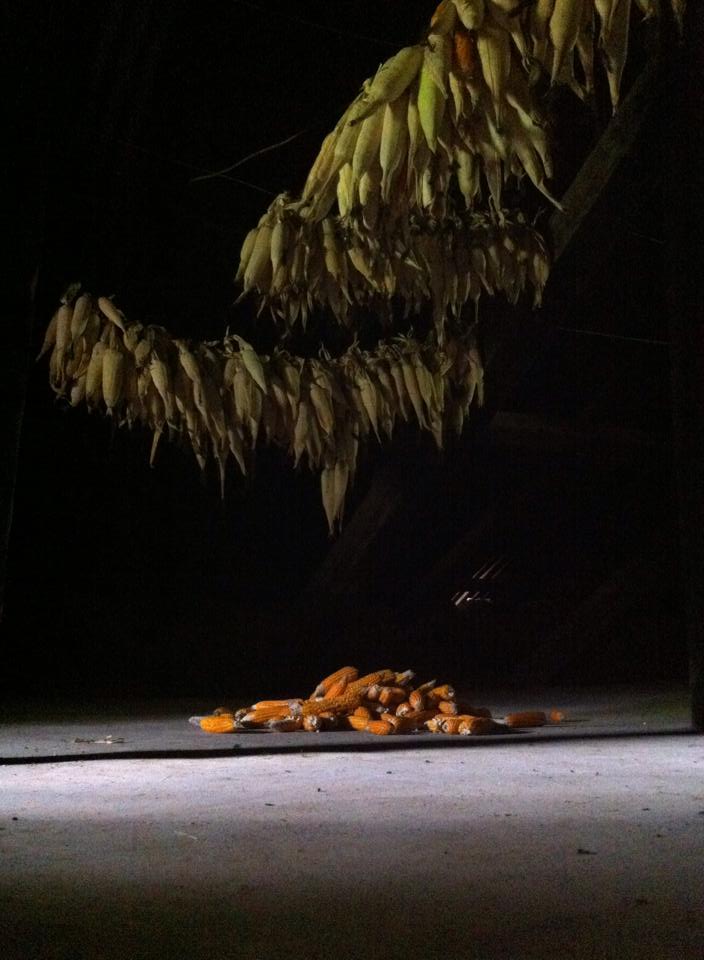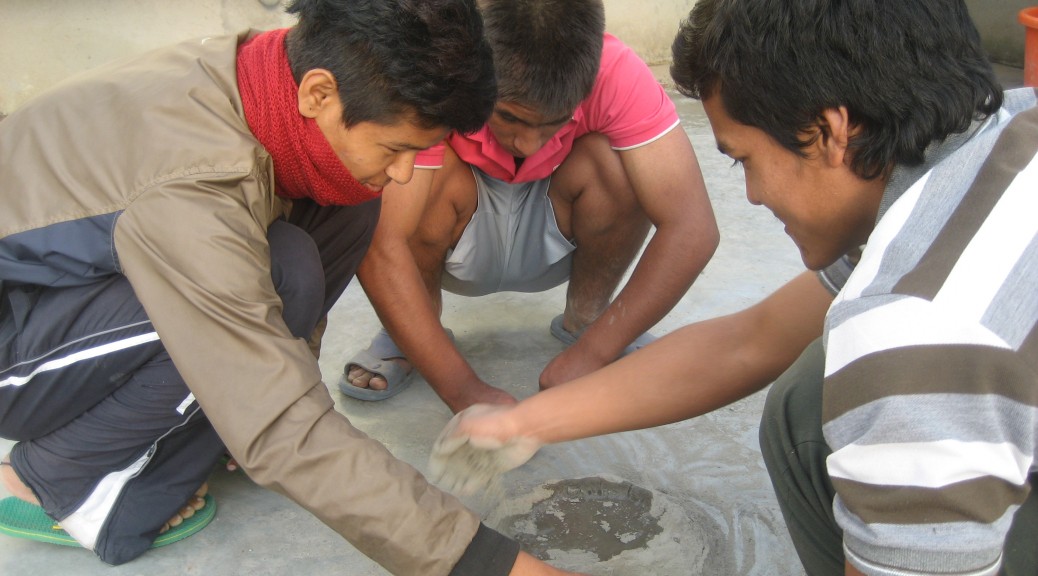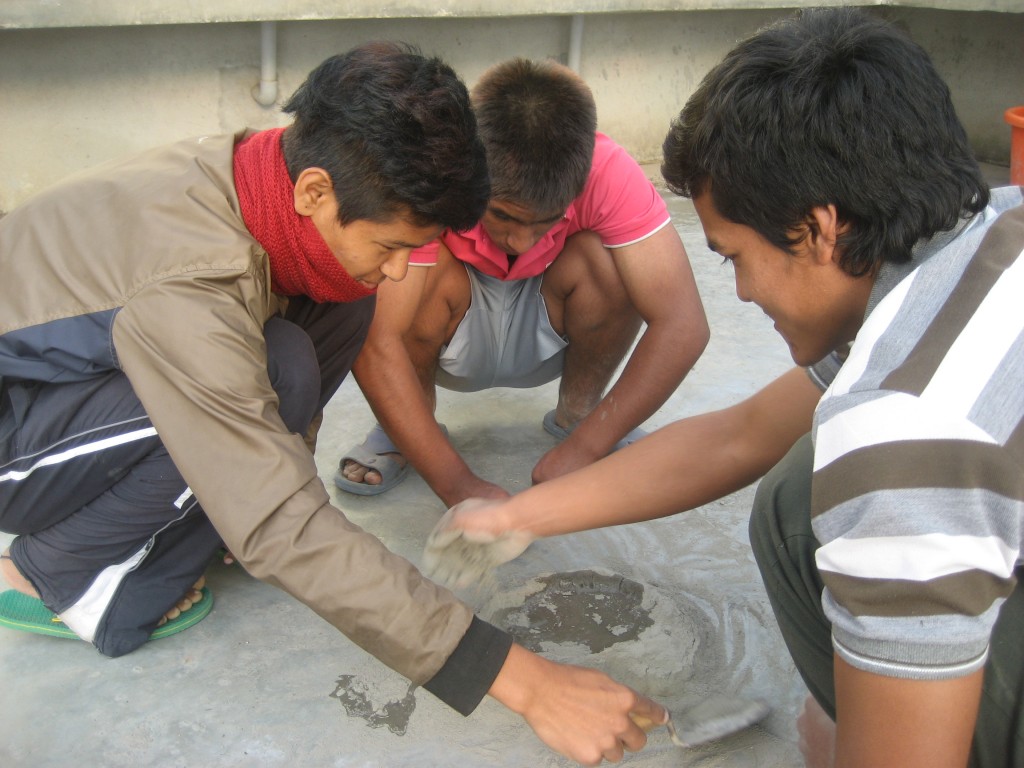Kush and Maya didi argue that having ducks would be a very good project: “Ducks eat rice and worms (no need to buy them food), they like water and therefore they will have no problems with summer rainfall (monsoon) and eggs are highly valued (three times more expensive than chickens’) especially Nepalese New Year, mid-April.
So this time we go to Hetauda with the mission of bringing six ducks, 2 males and 4 females. It seems a fairly simple task, but with the experience we had with hens, we don’t want to be overconfident, although we have been told of a place where they sell ducks.
We take an electric tricycle. Oh, it is farther than I thought, after 15 minutes we’re not there yet. Finally the tricycle goes in one way next to a huge pool. Ram tells us that it is a fish farm. At the entrance of what appears to be the office, a woman welcomes us. We ask where we can get our six ducklings. She looks at us as if we were asking for hummingbird chicks… but in every street in Bhimphedi or Hetauda chickens and ducks are walking all around… it can’t be that hard getting 4 females and 2 males… Ram insists that they must have ducks in this center, we have heard that someone had purchased some here… “No, we only have fish” she says…
We go back with the same tricycle stopping and asking. Everyone looks at us like we were asking for hummingbird chicks… I think we will not fulfil our mission today… What if we go again to the same place where we bought the chickens? 15 minutes more of electric tricycle.
We reach our destination and ask whether we can buy ducklings… Nothing, just like if we were asking for hummingbirds… how can it be so difficult? We enter to one of the courtyard, no one there, but from one corner 5 ducklings come running, all together. Oh! We go out excited and ask where the owners of the courtyard are (and what is more important, of the ducklings). From a dark room comes a didi. We almost have it! She says that chicks cost 175 rupees each (one euro and a half). “Deal! We take all five!” (we wanted 6, but 5 is pretty good!). “Oh, but how many of the five ducklings are females?”. Well… we can’t know yet¿? They are too small to differentiate … No matter, we put them in a box very fast before she can change her mind and we go back home!

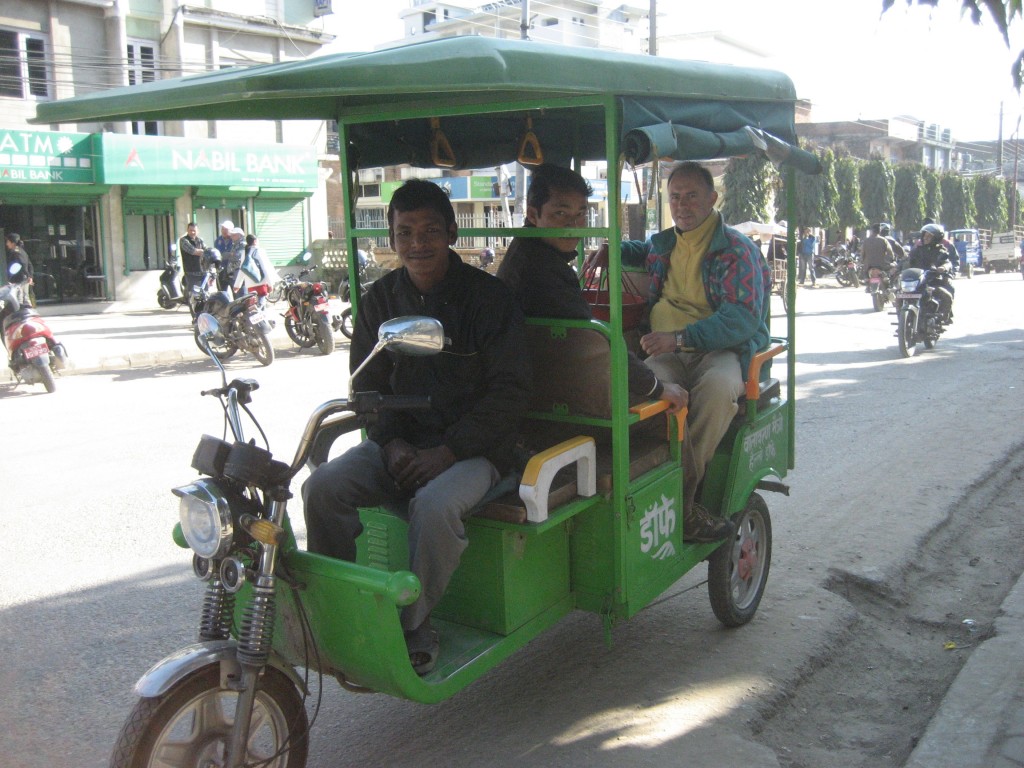
We arrive at the Children’s Home and everyone is excited. To avoid stress for the ducklings, we don’t allow the small children come near the animals, so they have to watch from the distance. We put the ducks into their new home. I turn and I see none of the small kids… Maybe they got angry…
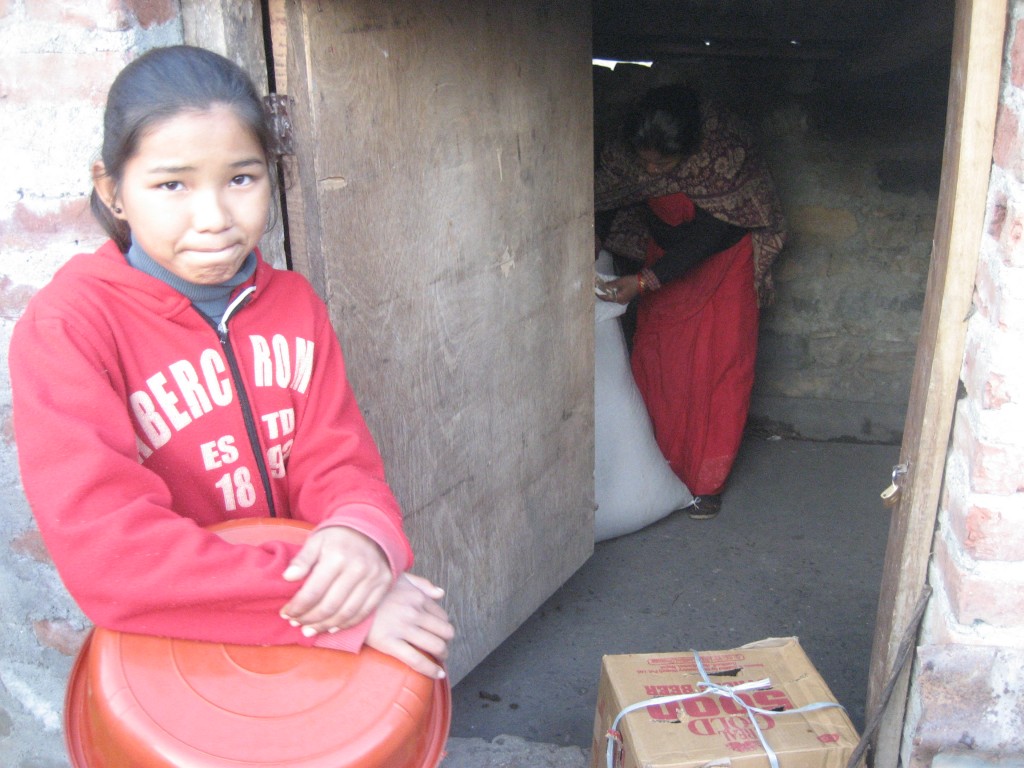
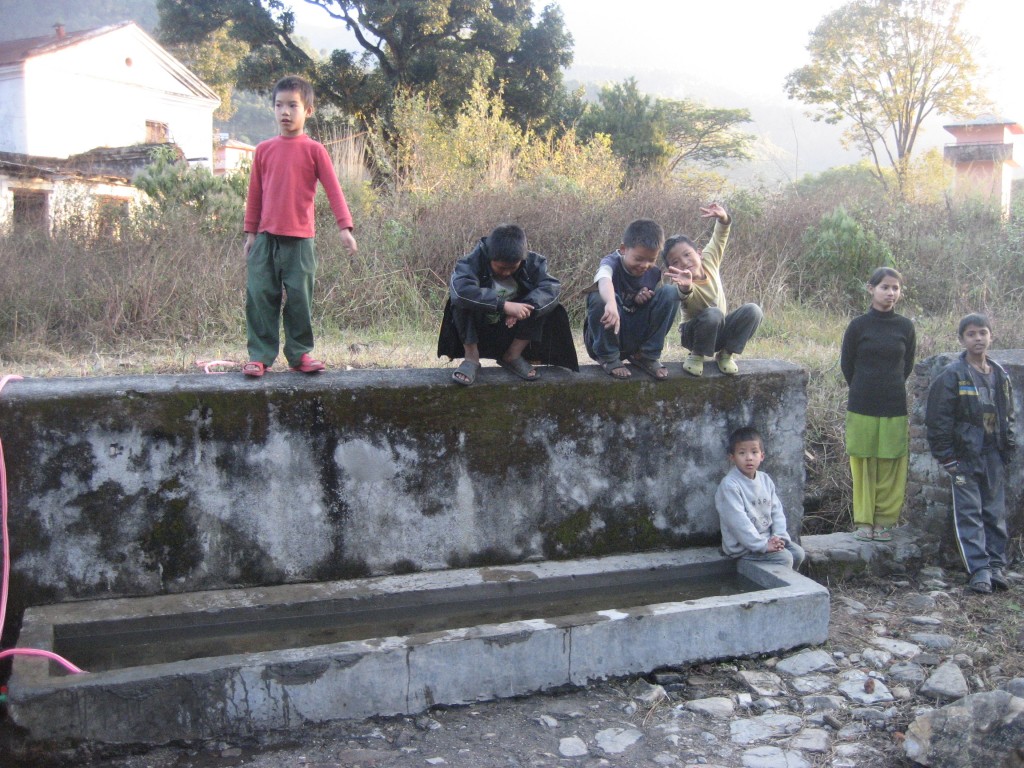
After a while one of the kids come with a plate. Behind him all the other kids with expectant faces. The child shows us the dish, it’s full of worms for the ducks! “Ok, you can come to see the ducks”. Kush, our expert on animals, feeds the ducks and the others look at it from the door.


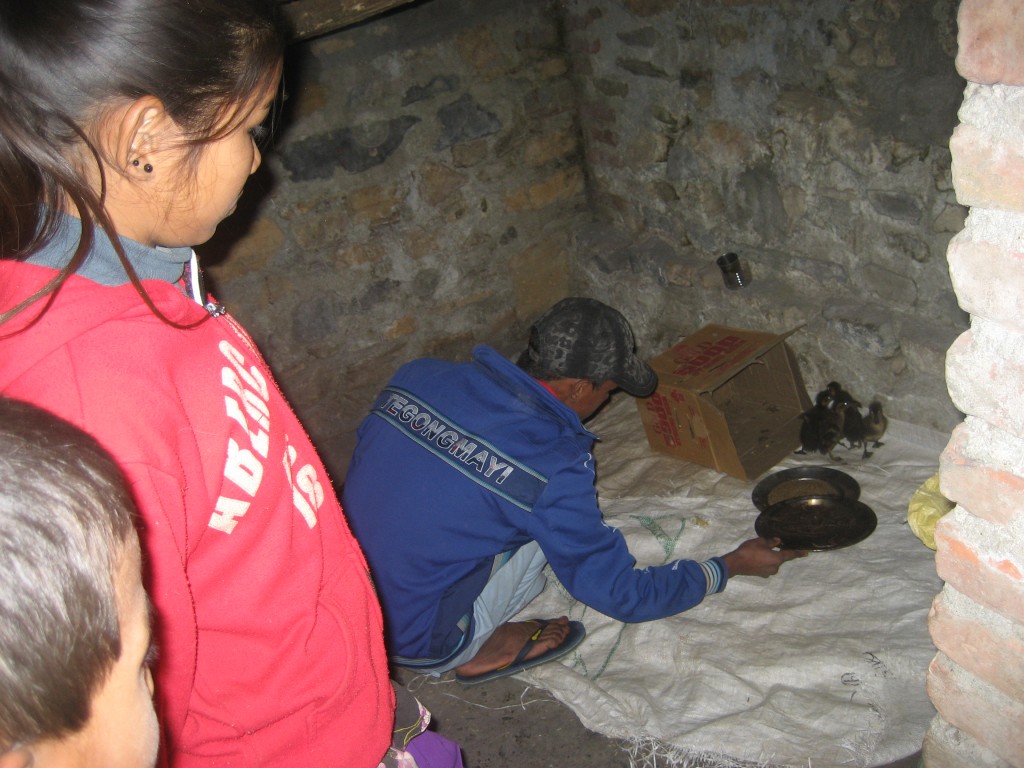
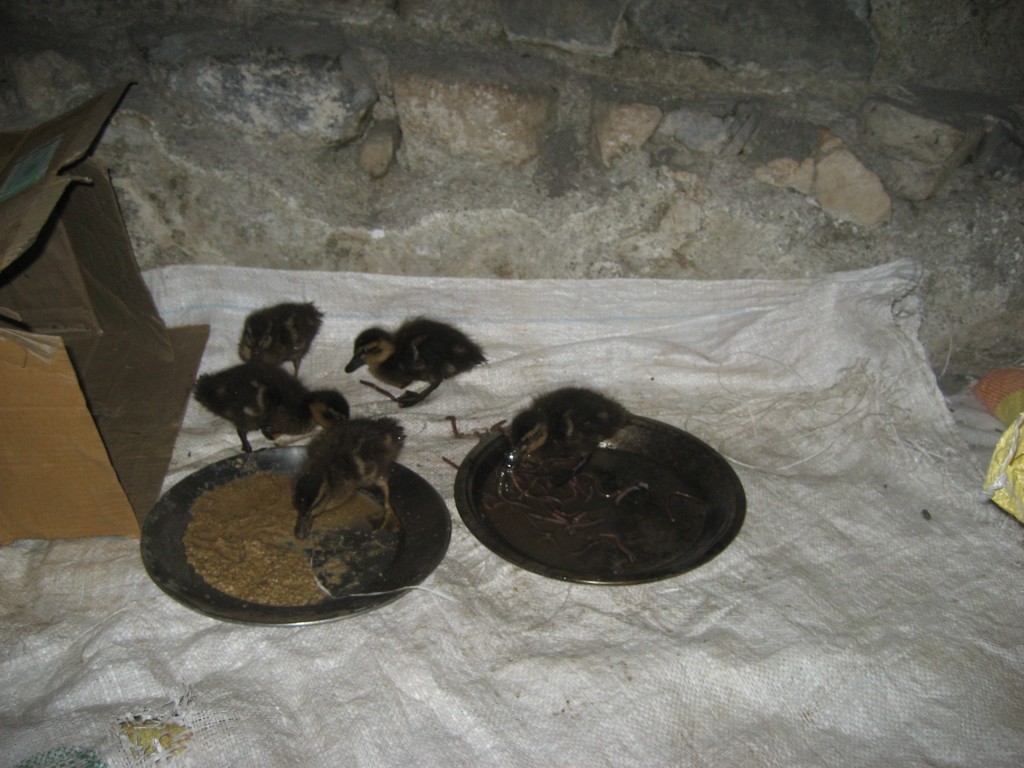

But a few days later we realize that something is not right… two of the ducklings do not walk with others as they used to. They just sit and rest…
We only have three ducklings… Was it too cold for them? Perhaps they were too young to get wet… Or maybe we touched them too much… Children decide that ducks need a box like hens and from now on only Kush will take care of them.

Fortunately, two weeks later we still have three ducks, and they have grown a lot! I think they will give us eggs after some months! if there is any female… if not at least we will eat “duck à l’orange”!
